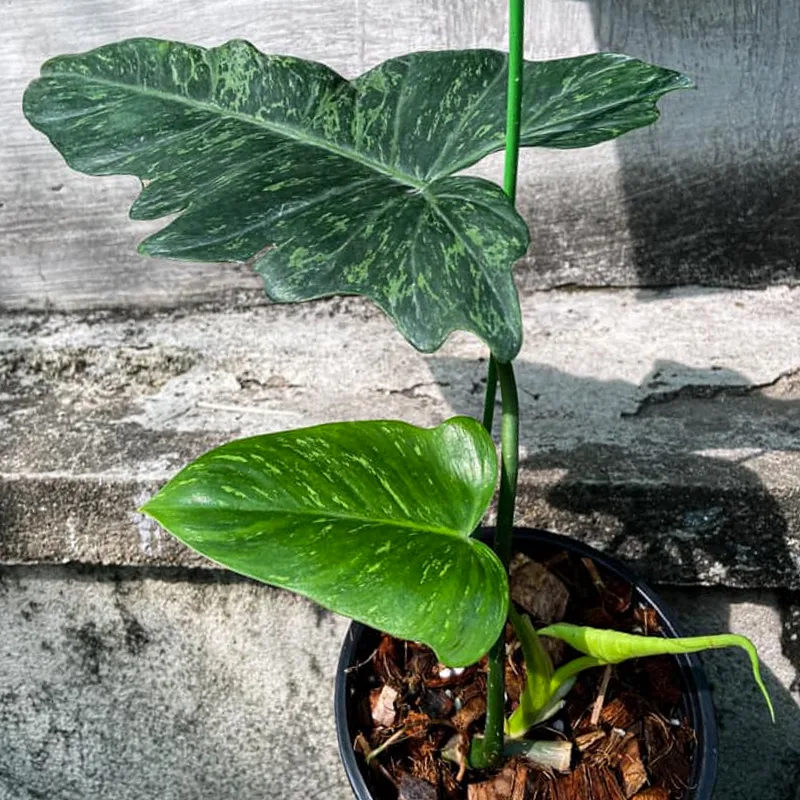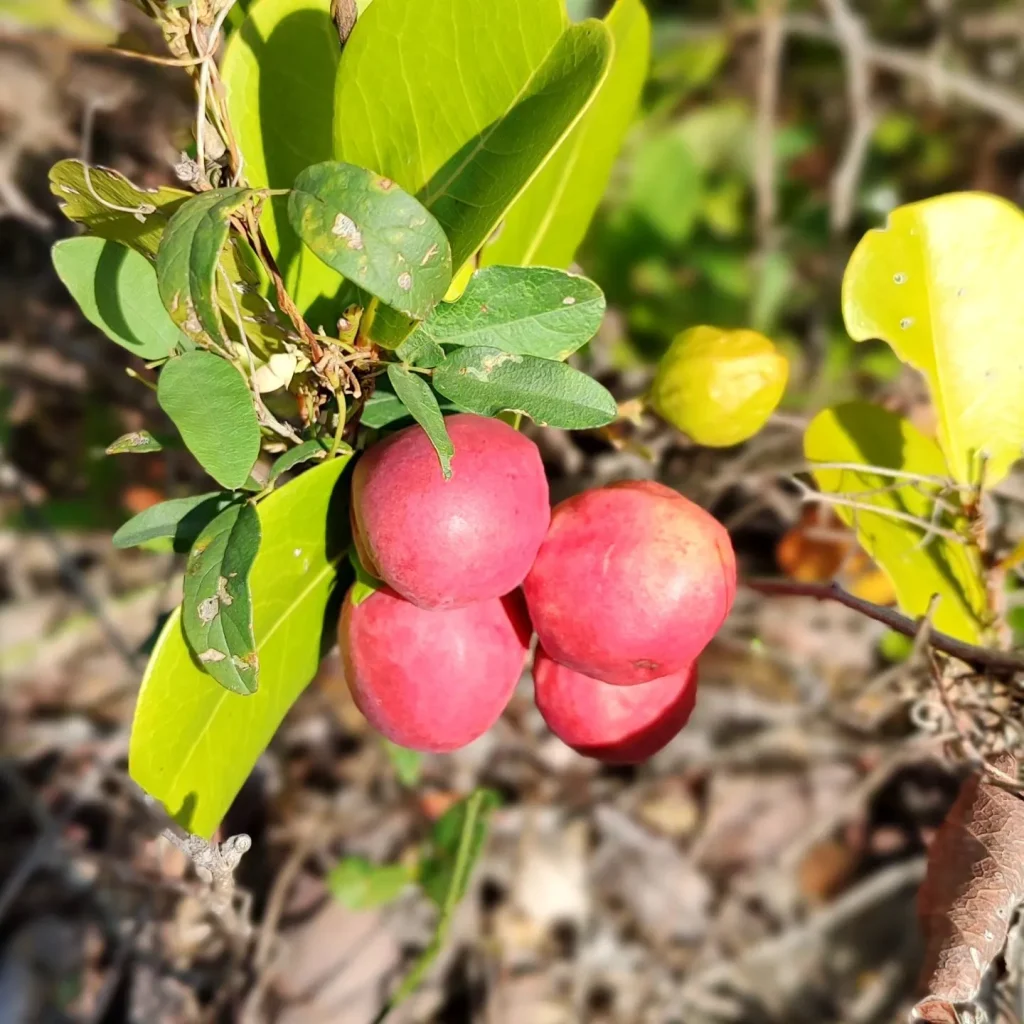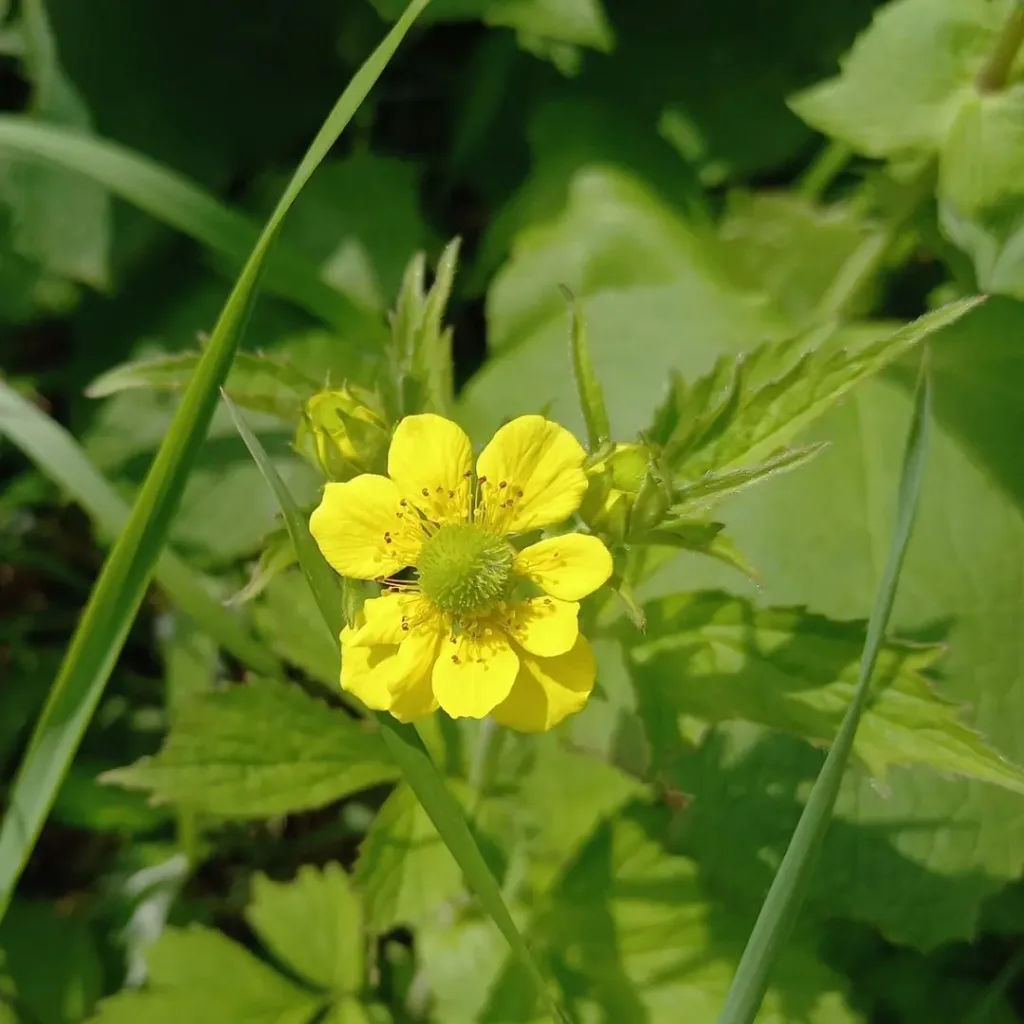Aglaonema Anyamanee: The Easy-Going Pink and Green Beauty
Hi, Ferb Vu here! Today, we’re diving into the world of the Aglaonema Anyamanee, a stunning houseplant known for its vibrant pink and green foliage.
This tropical wonder is a member of the Aglaonema family, also known as Chinese Evergreens. But the Anyamanee stands out with its unique color combination, making it a popular choice for home decor enthusiasts.
Whether you’re a seasoned plant parent or a curious beginner, this FAQ will equip you with everything you need to know about caring for your Aglaonema Anyamanee.
26 Species in Genus Aglaonema
What Makes the Aglaonema Anyamanee Special?
The Anyamanee’s charm lies in its captivating leaves. Imagine lush, oval-shaped foliage boasting a rich green base adorned with vibrant pink speckles and streaks. Some varieties even showcase a touch of white, creating a truly tri-colored masterpiece.
This stunning combination adds a pop of color to any indoor space. Plus, the Anyamanee is a slow grower, so you won’t have to worry about constant repotting.
Aglaonema Anyamanee vs. Other Popular Houseplants:
1. Dieffenbachia:
Both the Anyamanee and the Dieffenbachia (Dumb Cane) are known for their beautiful foliage. However, the Dieffenbachia features bolder patterns and can grow much larger. Important safety note: The Dieffenbachia is toxic to pets and humans if ingested, so keep it out of reach if you have curious critters or small children.
2. Chinese Evergreen:
The Anyamanee is a type of Chinese Evergreen, but with a more vibrant color palette. Regular Chinese Evergreens typically have green leaves with silver or white markings.
3. Snake Plant:
Snake Plants are renowned for their architectural appeal and near-indestructible nature. While they share the low-maintenance aspect with the Anyamanee, they lack the vibrant colors.
How to care for Aglaonema Anyamanee?
Light:
The Anyamanee thrives in bright, indirect sunlight. Avoid harsh, direct sun, which can scorch the leaves. North-facing windows or rooms with filtered light are ideal.
Watering:
These plants prefer to dry out slightly between waterings. Stick your finger into the soil – if the top inch feels dry, it’s time to water. Overwatering is a common enemy, so err on the side of underwatering.
Soil:
A well-draining potting mix is crucial. Opt for a mixture formulated for houseplants or aroid plants. You can also add perlite or orchid bark to improve drainage.
Humidity:
While the Anyamanee tolerates average home humidity levels, it appreciates a slight boost. Grouping your plants together or using a pebble tray with water can help create a more humid microclimate.
Fertilizer:
A balanced liquid fertilizer applied once a month during the growing season (spring and summer) is sufficient.
Troubleshooting Common Aglaonema Anyamanee Issues:
Problem: Brown leaves
Cause: Usually caused by underwatering or excessive sunlight.
Solution: Adjust your watering schedule and ensure the plant receives indirect light.
Problem: Drooping leaves
Cause: Likely due to overwatering.
Solution: Allow the soil to dry out completely before watering again. Consider repotting with fresh, well-draining soil if root rot is suspected.
Problem: Lack of vibrant colors
Cause: Insufficient light can lead to muted colors.
Solution: Move your plant to a location with brighter indirect light.
Conclusion:
The Aglaonema Anyamanee is a stunning houseplant that combines easy care with vibrant beauty. Its low-maintenance nature makes it ideal for beginners and seasoned plant lovers alike. With proper care, your Anyamanee will thrive, adding a touch of the tropics to your home for years to come.
Bonus Tip: Keep an eye out for pests like mealybugs or scale insects. Regularly inspect your plant and treat them promptly with insecticidal soap or neem oil if spotted.
If i die, water my plants!



